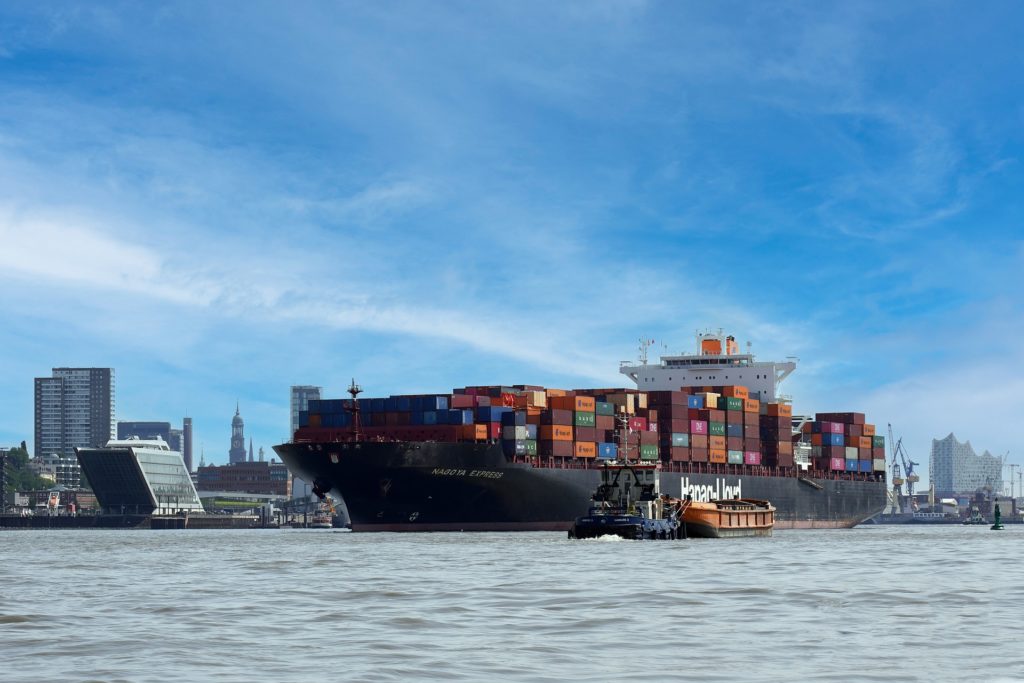With products coming from different parts of the world and assembled into one product, disruption in any one part of your supply chain can have far-reaching repercussions. Companies must therefore remain diligent when managing and overseeing their supply chains to maintain seamless operations and data protection.
Now more than ever, with natural disasters disrupting transportation routes and countries and regions declaring lockdowns that can prevent transportation routes from running smoothly, this is particularly crucial.
1. Lack of Visibility
Logistics for supply chain management require full visibility across its entirety; otherwise, any mistakes could have catastrophic results for business.
Every time an incorrect order is shipped out, a warehouse shipment gets lost or delayed delivery is delayed, it costs money and damages the reputation of their organization. When errors happen frequently and costs skyrocket exponentially reducing productivity significantly resulting in greater supply chain costs and decreased efficiency across their organization.
One of the primary factors in supply chain errors is stakeholders not receiving all the data needed to make informed decisions. This often results from not having a centralized data model that collects and distributes relevant information in real-time to all supply chain stakeholders – this helps improve visibility across supply networks while building control towers; having live updates about shipment status and location also allows for improved internal communication among suppliers, customers, teams etc.
2. Decreased Efficiency
Supply chain managers often prioritize efficiency as a key goal, employing concepts such as outsourcing, lean and just-in-sequence to lower production costs and inventory levels. Unfortunately, inefficiencies within a supply chain may create ripple effects that negatively impact core elements like customer experience and pricing structures.
Disruptions to global supply chains may arise for any number of reasons, from natural disasters and political unrest to trade sanctions and transportation network issues. Such events may impact raw materials and transportation networks and cause shortages of critical items which lead to production delays and further reduce efficiency.
Resilience in your supply chain can help mitigate disruptions by protecting against accidental damage. Resiliency is defined as the ability of systems to recover quickly after accidental incidents occur, although its pursuit can come at an expense; there’s a fine balance between efficiency, resiliency and complexity (Table 1).
3. Disruption
An effective supply chain can be an invaluable asset to your business, yet any disruption in its process can cause major headaches for both customers and bottom lines alike. These disruptions could come in many forms – natural disasters, cyber attacks, labor shortages or pandemic outbreaks are just a few examples that could cause these disruptions.
Most people understand what disruption means; whether it be the BlackBerry being upstaged by Apple’s iPhone, film cameras being replaced with digital imaging cameras or bookstores by Amazon. Disruption happens when an innovator launches a product or service which provides value that customers value more than existing offerings do.
As part of their supply chains, businesses should aim to be resilient in the face of disruptions. They can achieve this through investments in redundancies and backup systems; creating plans to respond to crises; diversifying supply chains; or prioritizing whole supply chains over just their own production.
4. Poor Customer Service
Mistakes occur in every industry, including supply chain management. Unfortunately, mistakes made here can be costly: leading to poor customer service and reduced sales figures which ultimately reduce profitability and profits.
Mismanagement of suppliers is a common misstep that can add risk to the supply chain as suppliers may not be aware of changes in demand or other factors that could impede them from meeting deadlines on time.
One mistake often made is failing to implement accurate demand forecasting processes, leading to supply shortages and increased production costs. Accuracy issues may also stem from human error such as incorrect data entry or analysis errors; companies must understand what supply chain management mistakes can occur so they can work towards correcting them, becoming more efficient while satisfying customers. Implementing tools and processes suitable for their business environment is the ideal solution here.




